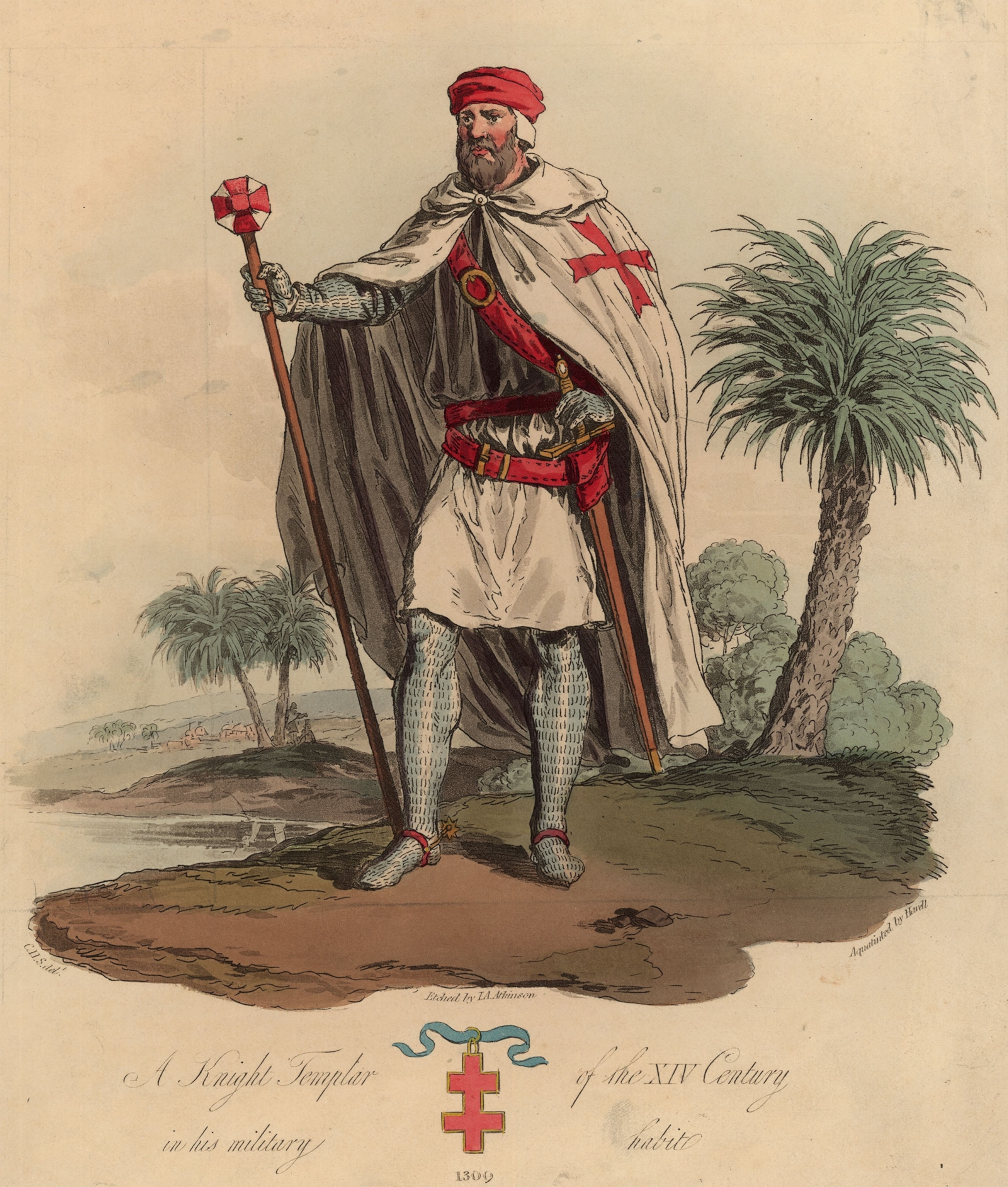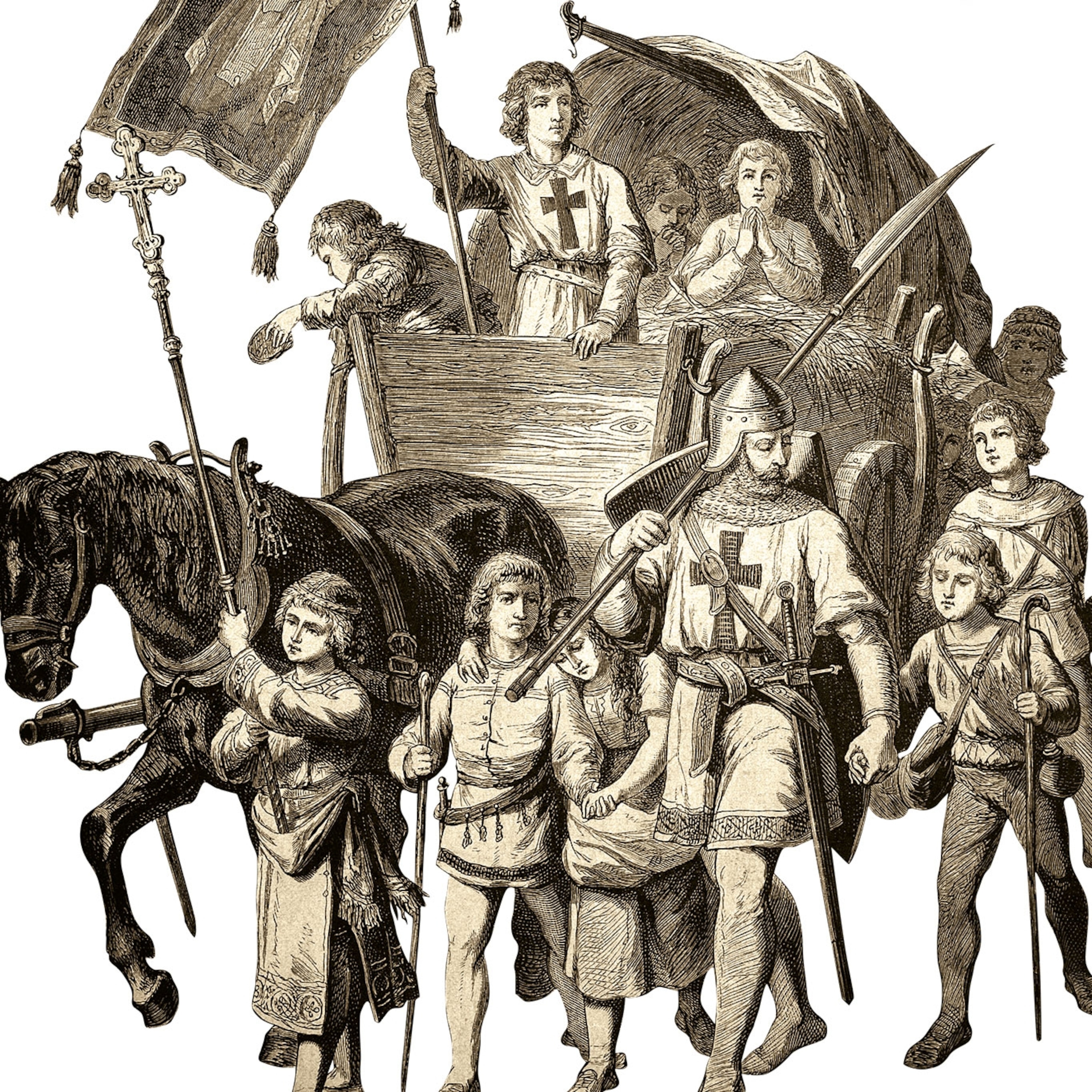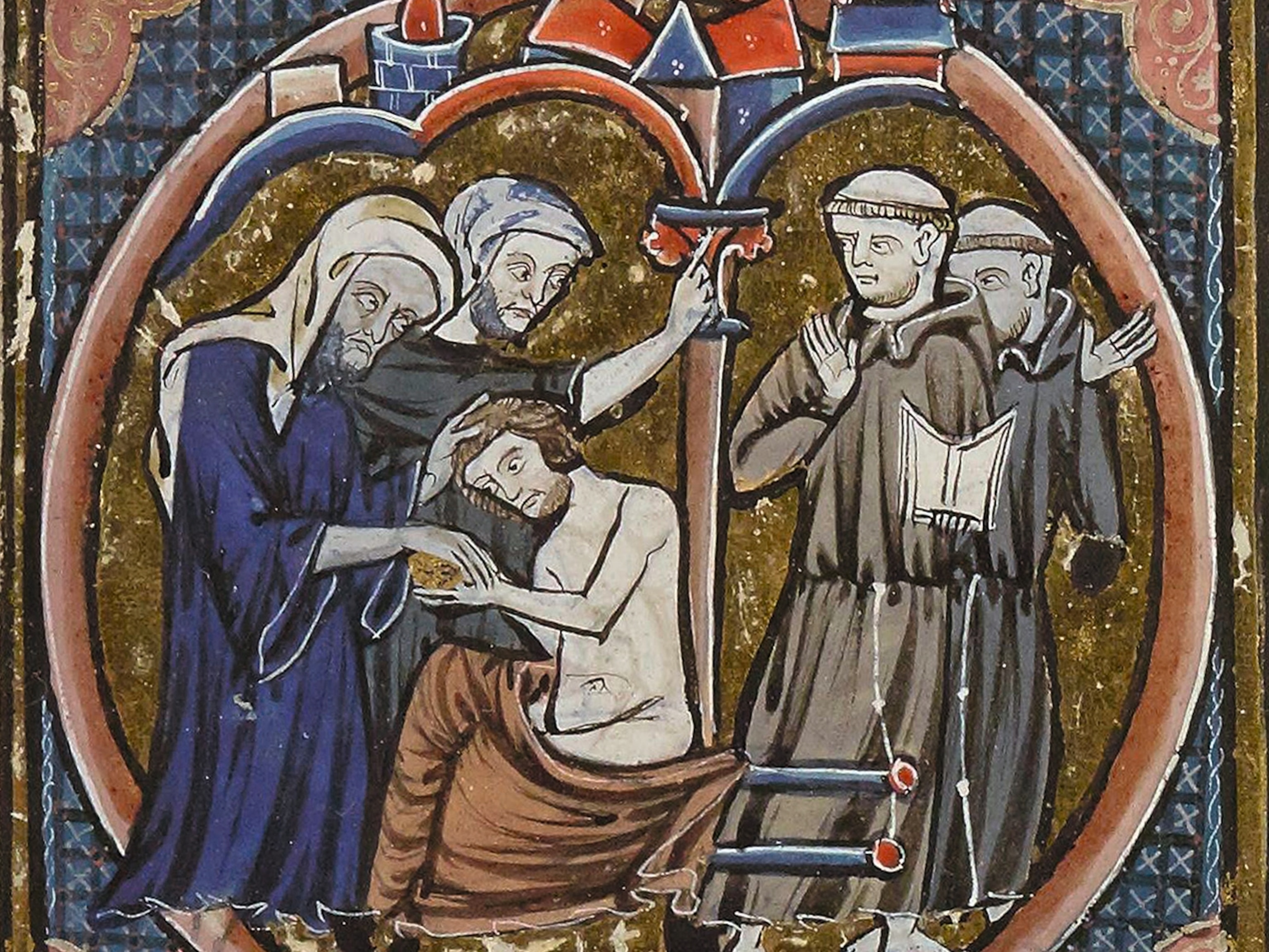
Busting the Myth of Friday the 13th and the Knights Templar
The medieval religious order that fought in the Crusades is a favored subject of superstition.
The origins of superstitions can be hard to pin down. There are often several theories about how they started, and a bunch of people ready to debunk those theories. Friday the 13th is one such example.
If you read Dan Brown's The Da Vinci Code, you might remember learning that members of the Knights Templar—a medieval society—were arrested on Friday the 13th. Brown’s book helped popularize the belief that these arrests are the reason people fear the date. But although some of the Knights Templar were arrested on Friday, October 13, 1307, that isn’t the origin of the superstition.
Right now, the hottest take on Friday the 13th is that it wasn’t associated with bad luck until 1907, when a novel titled Friday, the Thirteenth was published. In his book on the number 13, author Nathaniel Lachenmeyer argues that before the 20th century, “13” had been an unlucky number, and “Friday” had been an unlucky day, but “Friday the 13th” wasn’t necessarily a concept.
Whether or not the superstitions began with that novel, it’s clear that a lot of rationalizations for it—such as the Templar tale—are recent inventions. So, too are many of the other myths about these misunderstood knights.
Onward Christian Soldiers
“As far as the Templars went,” says Helen Nicholson, a medieval history professor at Cardiff University in Wales, the “evidence we’ve got shows them to be extremely boring Roman Catholics.”
The Knights Templar were a religious order of unmarried men, formed around A.D. 1119 to defend the Kingdom of Jerusalem and protect Christian pilgrims during the Crusades. Over the next two centuries, Christians donated their land and their money to the order (as was common with religious societies), making the knights powerful financiers.
The Templars continued passing around money and land until 1307, when the French King Philip IV, who was running low on funds, decided to go after theirs.
“The standard accusation against your political enemies in the early 14th century was to accuse them of being involved in heresy or magic,” Nicholson says.

Quite unimaginatively, Philip IV chose heresy. And on Friday the 13th, he had some of the Templars arrested for it.
It’s important to note that the King of France, not Pope Clement V, accused the Knights Templar of heresy. Even so, the Pope disbanded the order since the whole heresy mess had defiled its name.
That’s where the conspiracy theories come in.
Everybody Wants Some
The quick, anticlimatic end to the Knights Templar “doesn’t fit into the sort of narrative humans like,” Nicholson says. Some people think that “it’s got to have a proper ending. So there must have either been a conspiracy … or the templars must have been evil.”
Overwhelmingly, pseudo-historians like to think there was a conspiracy theory—the Templars were doing something the church didn’t like, and that’s why the Pope disbanded them.
One common myth is that “the Templars were created by this organization called the Priory of Sion to excavate in Jerusalem and find information about the bloodline of Christ,” says John Walker, a history professor who is writing a book about Knights Templar myths. (One wonders how they would have performed the DNA tests.)
Other theories claim the Templars discovered treasure, or the Holy Grail, or some heretical secret (i.e. that Jesus married Mary Magdalene, or never rose from the grave). There are also theories about what happened to the Templars after they disbanded. One of the most popular legends says the Templars became the Freemasons—a rumor that was actually started by some of the Freemasons.
“I suppose people like to have a more glorious past for their organizations,” Walker says.
The false connection between the Knights Templar and the Freemasons was promoted by some early masonic groups around the 18th century, and theories about the Holy Grail and the Knights Templar have been around for a long time, too. But a lot of the conspiracies about heretical cover-ups are fairly modern. In fact, Walker isn’t sure where they came from before they were popularized in the 1980s pseudo-history book, Holy Blood, Holy Grail.
“It was really after that was published that you get this widespread interest in myths about the Templars, particularly when the Internet started in the '90s,” says Walker. After that, The Da Vinci Code took up the Templar myths promoted in Holy Blood, Holy Grail—so much so that its authors sued Dan Brown for plagiarism. (They lost.)
“When you tell lies about history, you give people a false idea of how humans really behave, and how we got where we are now,” Nicholson says.
So yes, the Knights Templar are more interesting as protectors of an ancient secret, rather than single men who gave out loans. But if you tell the more sensational tale, you cover up the real story: that sometimes leaders are greedy, and they make false accusations. And sometimes people make things up to give recent phenomena like Friday the 13th a more profound, historical origin.
Follow Becky Little on Twitter.








